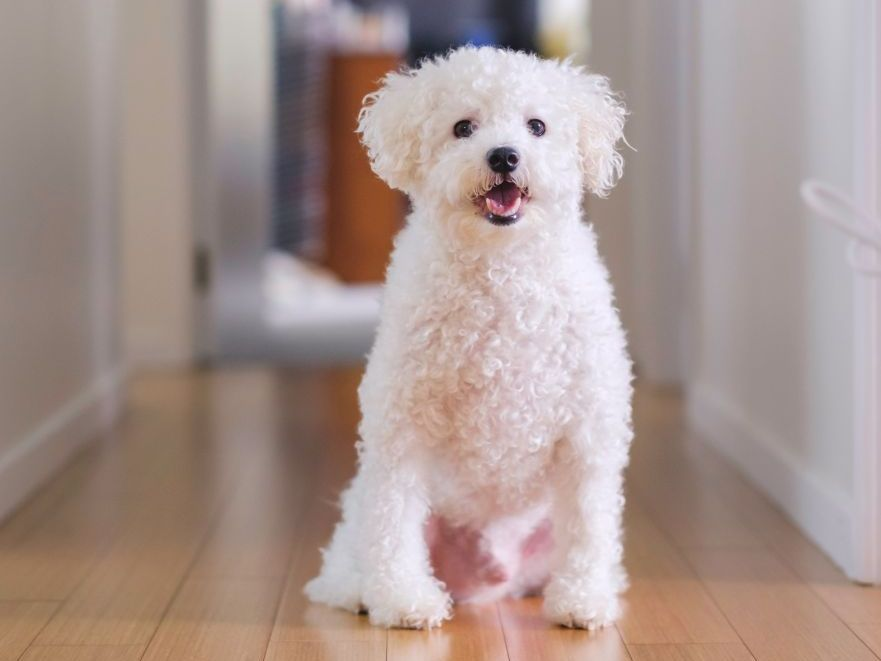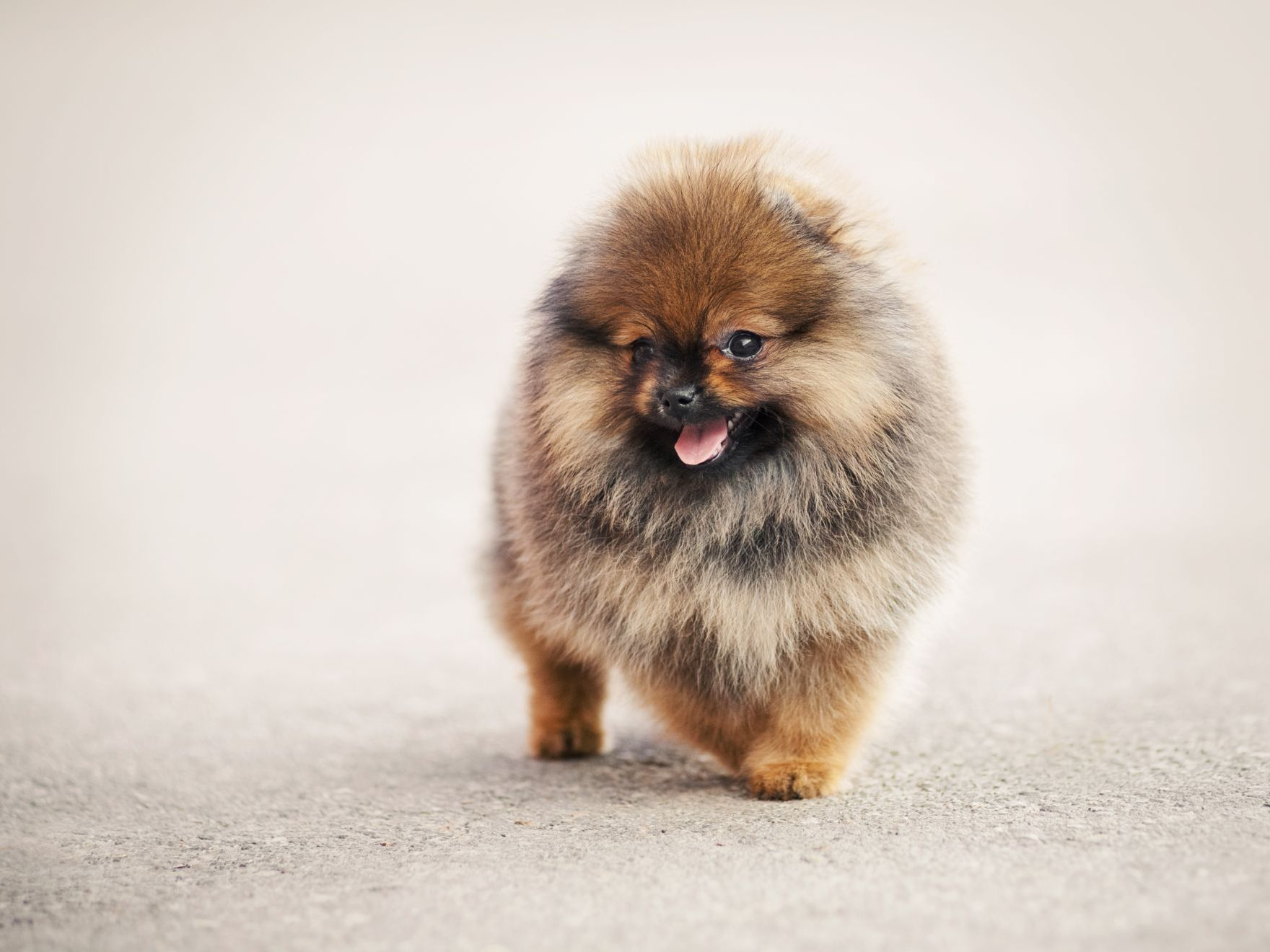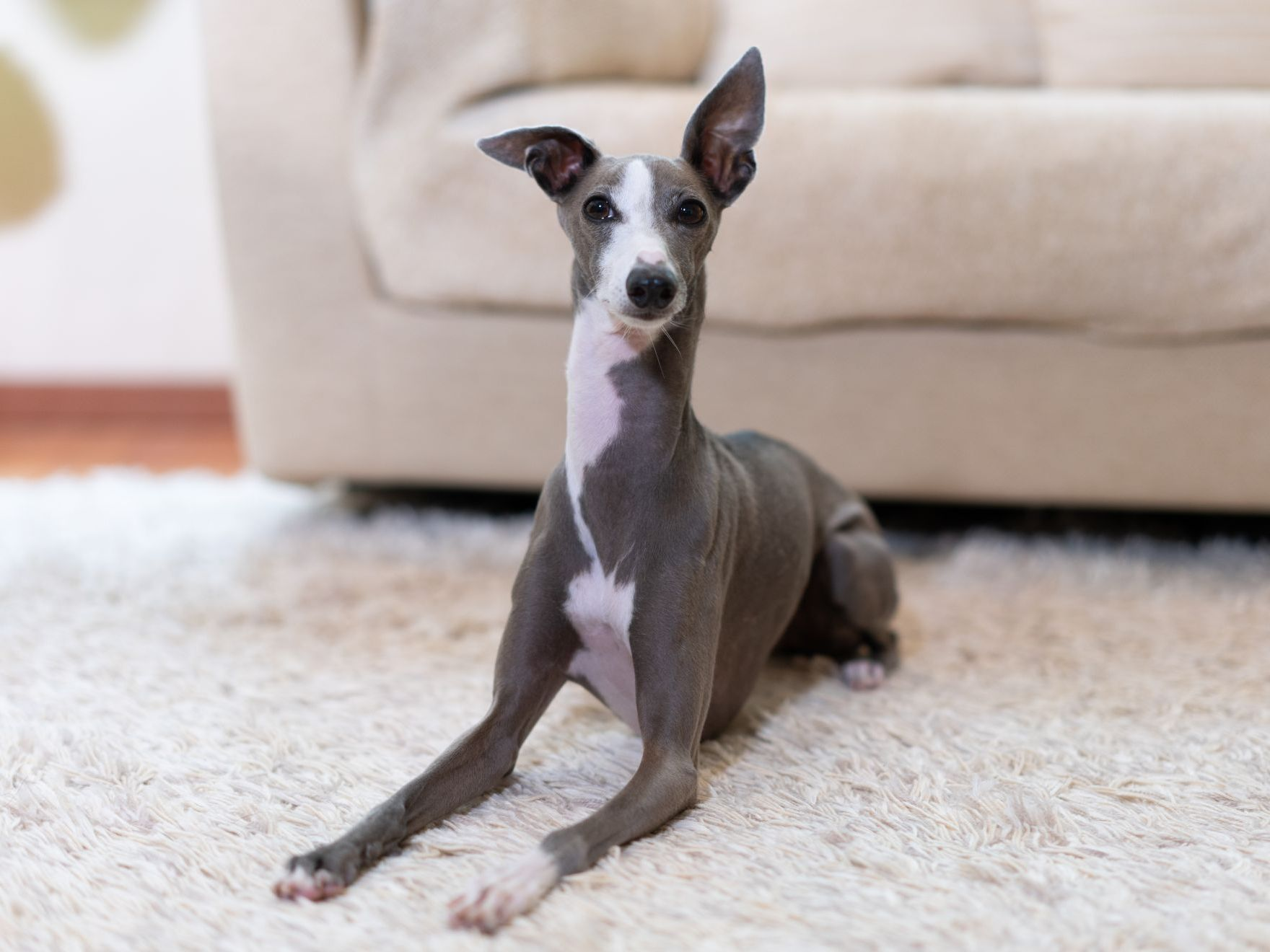Apartment dogs: breeds suited to apartment living?
Living in a small apartment doesn’t rule out becoming a dog owner—far from it. But choosing an apartment-friendly dog breed, one that will be content in your space and with your lifestyle, is just one part of the equation. Ensuring that your apartment—even if it is small—is a suitable space for them is just as important.
Like any new dog owner, you’ll be taking on the responsibility of meeting your new pet’s needs. The big ones include the right diet to give them the best start in life, grooming, training and socialisation. Regular veterinarian visits are important to help keep them healthy and they will need attention.
Two other fundamental needs for dogs are, of course, exercise and a safe and comfortable living space. These two might give apartment-dwellers pause, but the right preparation and research should reveal what you need to do to make it work for your dog and you.
Article

Apartment-friendly dog breeds and dog-friendly apartment
Eight essentials for successful apartment living for your dog and you
Your dog will need plenty of outings for exercise and stimulation (exactly how much running around and how often will depend on their breed and stage of life).
It may not be the most important factor, but a mighty Deerhound will not thrive in a studio apartment (and neither will you if their basket alone takes up half of the floor space).
See above. It doesn’t need to be huge but your dog does need a haven that is theirs and that they can retreat to for quiet time. It should include their basket or bed, toys and water bowl.
Some small dogs tend to bark quite a lot, especially if left alone. No dog should be left alone for extended periods, but if you want to stay on good terms with your neighbours, doing your research from reputable sources into breed traits and then implementing a tailored and consistent training plan will be vital.
Living in a apartment, your dog will need to get used to noise coming from other residents in the building. Better a laid-back dog breed than one known for being extra sensitive to noise from their surroundings. Either way, for your dog’s well-being, focus on socialising them from the start.
If you have a balcony, make sure it is enclosed and dog-proofed for safety. And things like low windows, especially if you’re on a high floor, also need to be properly secured.
If you choose a larger breed, bear in mind you might one day be carrying your dog up or down the stairs to a veterinarian visit if they have an operation or hurt themselves. Also, think twice before you choose a breed that needs frequent outings for exercise if you live in a walk-up.
Make sure dogs are allowed in your building. Trying to sneak your four-legged friend out for their walks would be stressful for all. Better for everyone to ensure you live in a pet-welcoming space.
Smaller, lower energy and quieter dog breeds: the stars of apartment living

Low-energy dog breeds

Understanding the challenges
No surprises, very large breeds such as Newfoundlands or Irish Wolfhounds which need a fair amount of exercise may not be the obvious choices for apartment dwellers. While you can make it work if you are able to devote enough time and energy to taking them out, these wonderfully gentle and affectionate dogs do still need enough space to stretch out and be comfortable in their new home.

The size of your dog isn’t the only factor in your choice

Exercise and rest
Lithe Greyhounds might be famous for their speed but when they’re not zooming off into the distance (remember: for this breed, exercise needs to be in a safely fenced-off area) they are quite content to doze at home.
When space is limited, think smaller
Size may not be the only consideration, but if your floor space is really limited you might want to consider some of the smaller, low-energy dog breeds that are known to be well-suited to apartment life.
Here are some breeds known for being particularly adaptable to apartments:
Dive into our comprehensive small dog breed library, here:
Training matters: helping your dog control their barking
When it comes to barking, training is more of a deciding factor than your dog’s breed. The right early training and socialisation (vital anyway for your dog’s well-being) should ensure you end up with a sociable dog who knows that a little barking is okay.
Whichever breed you choose, keeping barking at a reasonable level is an important consideration (apartment life means neighbours, after all). Two small breeds, Long-Coat Chihuahuas and Yorkshire Terriers make ideal apartment dogs in that they don’t need a lot of exercise, but they are often cited as breeds that have a tendency to bark. Likewise, Scottish Terriers are known to make great watchdogs. Training and socialisation will be important from day one (of course, that applies to all dogs, even if you don’t live in an apartment).
What’s right for your dog?
Before embarking on your dog-owning journey, it’s a good idea to take your time and carefully study all the information and tips available about owning a dog, no matter their breed, when you live in a apartment.
Wherever you live, becoming a dog owner is a big step. Big or small, quiet or playful, the dog you choose will be with you for many years. Doing your research into their needs will help get their life with you off to a smooth and contented start.
Related Articles
Like & share this page

